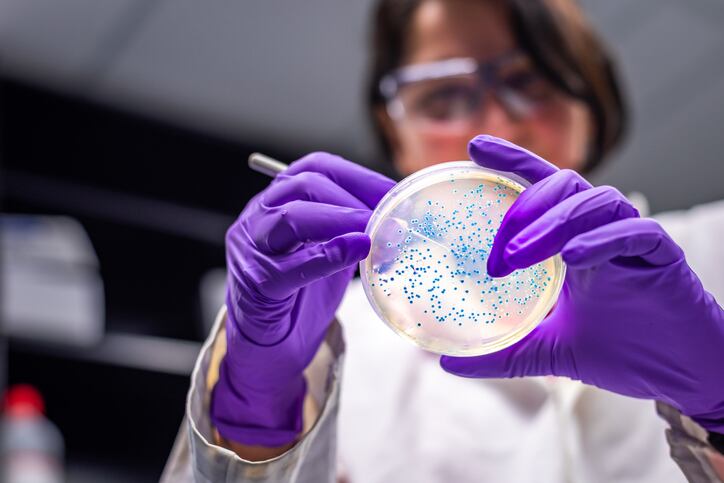In addition, it was reported that the genes associated with the differentiation of bone-forming cells, including RUNX2, SMAD5, COLL1, COLL4, were upregulated following a further in vitro study, whereby stem cells were exposed to the three bioactives.
“The study findings encourage a possible therapeutic supplementation with nutraceuticals during the bone regeneration process,” the Italian researchers state in their report published in ‘Nutrients’.
Bone complexities
Critical bone defects are a major issue, with treatments requiring complex and multidisciplinary approaches.
Studies have highlighted the potentials of bioactive compounds with regards to their positive effects on bone healing, including phenolic plant-derived compounds such as curcumin and apigenin.
A validated model for such critical-size defects has been established within the calvaria skull bone, enabling for the evaluation of biological effects. Recently the use of human dental pulp stem cells (hDPSCs) has been proposed to improve the process of new bone growth.
Following this, the researchers conducted a study investigating the in vitro effects of the bioactives of apigenin, resveratrol, and curcumin in such hDPSCs to observe their potential beneficial effects on bone healing. A second aim included observing the potential in vivo effects of the three compounds on critical-size defects in rat calvaria skull bone.
Key findings
Following the daily administration of apigenin, curcumin, and resveratrol for a 30-day period, the in vivo study reported significant increases in bone healing within the calvarial skull bone of rats. This effect was observed to be more consistent following apigenin administration, when compared to the additional compounds.
In addition, the further in vitro observations on the hDPSCs in the presence of the bioactives noted the upregulation of RUNX2, SMAD5, COLL1, COLL4 and COLL5 genes; those in which are associated with differentiation of bone-forming cells. This suggests the potential for the triggered down-stream effects to improve bone defect healing.
Explained
“Apigenin, curcumin, and resveratrol investigated in parallel in the present study showed a significant increase in bone repair in critical-size defects in rat calvaria. Among these, apigenin induced the best results. These in vivo results could be related to a differentiative boost due to all substances, as shown by the in vitro results,” the researchers explain with regards to the findings.
They continue to describe how these in vitro findings demonstrate successful stem cell osteogenic differentiation according to BMP2 signalling, which ensures for the expression of the osteo-specific gene RUNX2. This triggers the production of osteocalcin, which, in combination with RUNX2 activity, has been noted to be essential for the formation of the osteoblast cells responsible for secreting bone substance.
The findings mirror previous study results for the compounds, the report notes: “Resveratrol has been evaluated in association with three-dimensional-cell–engineered scaffolds, showing the promotion of osteogenesis and the overexpression of the runt-related transcription factor 2 (RUNX2) and osteocalcin (OCN) genes.
“In tissue engineering, it has been reported that curcumin elution nanopolymers produce in vitro an increased gene and protein expression of osteogenic markers RUNX2, ALP, and BMP2,” the report adds.
“Based on the findings of the present investigation, further longer-term studies in models of experimental bone defects might be required to elucidate the effects of nutraceuticals. This could lead to the development of more effective therapies and adjuvant supplements approaches for bone defect repair in humans,” the researchers conclude, highlighting the potential for this area of research.
Source: Nutrients
https://doi.org/10.3390/nu15051235
“Effectiveness of Apigenin, Resveratrol, and Curcumin as Adjuvant Nutraceuticals for Calvarial Bone Defect Healing: An In Vitro and Histological Study on Rats”
by Felice Lorusso, Antonio Scarano, Stefania Fulle, Luca Valbonetti, Rosa Mancinelli, and Ester Sara Di Filippo

